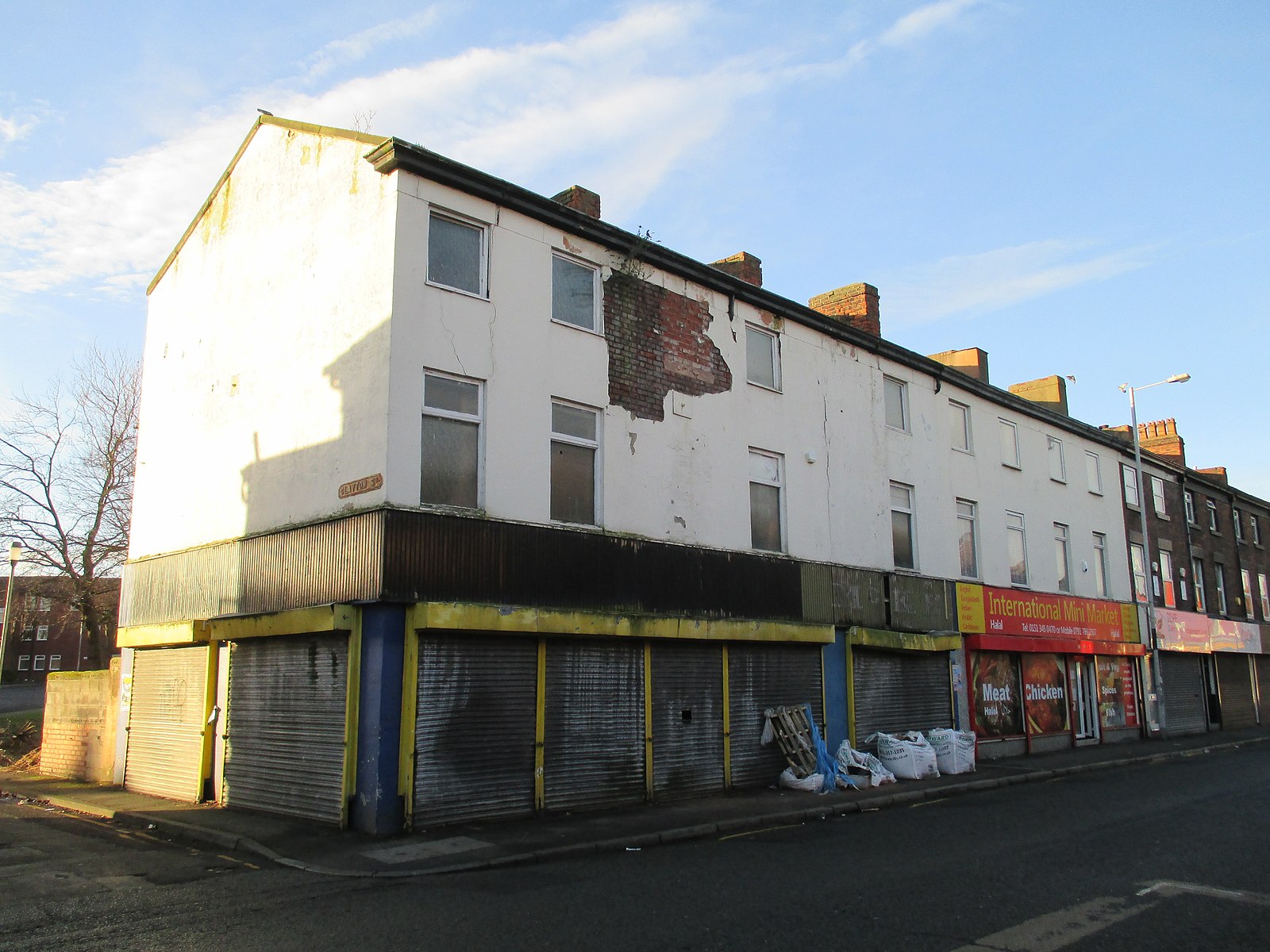If the government is serious about tackling regional inequalities, there can be few higher priorities than ending the epidemic of drug-related deaths plaguing our “left behind cities”.
“Leveling up is more than just fighting economic inequality,” wrote Michael Gove, secretary of Leveling Up, release preview of its long-awaited white paper on “Race to the Top” published this week. “It’s also a matter of health…life expectancy…and investing in communities that have been neglected”.
Tragically, drug policy reform continues to be overlooked in discussions about the problems plaguing our “left behind” communities and how to address them.
Despite coming to a considerable number of 332 pages, including a list of all the largest cities in the world since 7000 BC. AD, if you search for “drugs” in the white paper, you won’t find a single mention of them. For a document that took more than two years to produce and which arrives so soon after the publication of a ten-year drug strategythe complete lack of recognition of the role of drug use and abuse as a cause and symptom of regional inequality is grossly negligent.
Studies have shown that the more unequal a society, the higher the level of illicit drug use. The UK has been labeled the ‘the most unequal society in Europe‘, with world beat levels income inequalities, as well as inequalities in health, employment, disposable income and productivity among the worst in the developed world.
It is therefore not surprising that we also have the highest levels of both drug use and drug-related deaths in Europe. Drug overdose deaths are at record highs, with 4,561 recorded in England and Wales alone in 2020. However, these deaths (and the associated use of the most harmful drugs such as opiates and crack ) occur disproportionately in “left behind” areas.
The Northeast is home to the most “left behind” areas from any English region; unsurprisingly, it is also the region with the highest rate of drug abuse – a title it has held for eight consecutive years – and the highest rates of drug-related deaths, more than three times that of London per million inhabitants, according to the ONS.
The North West and Yorkshire and the Humber, home to the second highest number of neighborhoods “left behind” also suffered from second and third highest death rates respectively. London, the South East and the East of England all had significantly lower rates proportionately.
the 10 local authorities with the most drug overdose deaths between 2018-2020 contain 24 neighborhoods “left behind” – more than 10% of the national total.
Symptomatic of what is called a “geography of discontent” these numbers starkly illustrate how our approach to drug policy has failed and how the impacts of that failure have been felt asymmetrically – hitting the most disadvantaged places hardest.
If “leveling up” means anything, then it needs to address these geographic disparities in drug use and overdoses. Fortunately, there are a number of existing and easy-to-implement policy measures that would allow significant progress to be made in correcting these imbalances. By including drug policy in the ‘leveling off’ agenda, we can level out both the human and financial cost of drug use in our ‘left behind’ communities.
Using the Office of Health Improvement and Disparities addressing inequalities in drug deaths by focusing on areas with high opiate use would be a good start. At the same time, reversing cuts in local authority funding for community-based treatment and prevention services (up to 40% since 2010) would be a particularly effective measure, given that all £1 spent on treatment services saves £4 spent on health, law enforcement and emergency services.
Encourage and facilitate the deployment of pilot schemes for “diversion”, similar to that envisioned by London Mayor Sadiq Khan, would further correct these imbalances. These programs aim to avoid criminalizing young people caught with small amounts of illegal drugs by dealing with them in an educational or treatment setting instead of pursuing a criminal conviction in court.
The logic behind diversion programs dovetails deeply with that of the “race to the top” program. By avoiding the criminalization of young people, we protect them from the toxic shadow of a criminal record that follows them for the rest of their lives, making it increasingly difficult to engage as full members of society, while you struggle to find a job, find accommodation and respect for your fellow citizens.
Finally, the full implementation of all 32 recommendations made by Dame Carol Black in its independent review of drug policy published last year, including ring-fencing funding for treatment services and setting up a local results framework to increase transparency and accountability in service delivery, would end the postcode lottery approach to drug treatment.
Implementing these sensible, evidence-based policy changes to combat thelongstanding inequalities in our “left behind” communities could add another £29.8bn to the country’s economy every year, while saving thousands of lives and improving the lives of many more.
By “leveling up” the respect with which we treat drug users and the communities they inhabit, we can bring prosperity to our “left behind” cities, reduce rates of problematic drug use and the crime fuels, and prevent people from developing problematic relationships with drugs in the first place.
This article was written by Jay Jackson, Public Affairs Manager at Volteface. Tweets @wordsbyjayj

